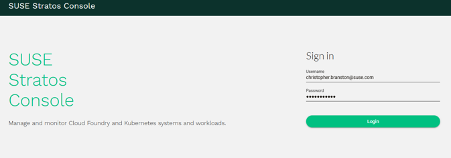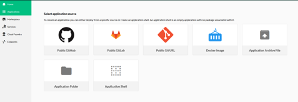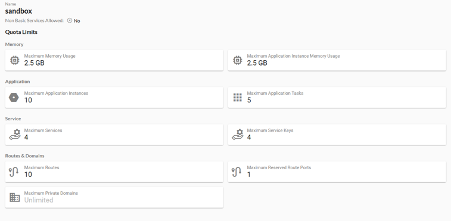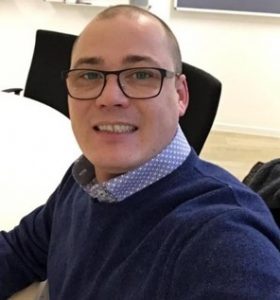My name is Christopher Branston, I’m Community Manager for SUSE and in this issue of the Cloud Report, I would like to talk about our newly launched Cloud Application Platform Sandbox, why it is cool and how this ties back, into open source and the communities that we love to be a part of.
The SUSE Cloud Application Platform Sandbox
In March this year, SUSE decided to dedicate a special team to engage with developers from around the world who use SUSE enterprise products to create their own services, applications, and IT environments. The first thing we did, was to create and launch a brand-new developer platform in April, that you can visit and enjoy at developer.suse.com. It’s a one stop shop for anything concerning open source, Linux and other tools in the context of SUSE.
Part of this new platform is also a developer sandbox which is a hosted SUSE Cloud Application Platform instance, where interested developers can test out our take on Cloud Foundry first-hand.
To make a long story short:
- It’s open (source).
- It’s easy (no own setup, it’s hosted).
- It’s free (yes, as in free beer! Sign up and enjoy the goodness.).
With this sandbox we are showing the core benefit of an agile application platform, which is ease of use, ease of deployment and easy management/maintenance. No matter, if you are more of a CLI guy, or you like using shiny web front ends, CAP offers it all. You can either start working on the platform and deploying apps using your command line and a Linux, or IDE of your choice, or, if you are more like me, you can use the awesome Stratos front end, to work in your part (org) of the sandbox using an easy to understand graphical user interface.
It’s really that easy:
LOG IN

Choose where to deploy your app from

Have a lot of fun

If you are a tech savvy user, but are new to this, you can find a lot of useful information and help located in the getting started guide at: https://gettingstarted.cap.explore.suse.dev/ or in the FAQ section.
The open source ethos, the community, the future
I want to write this article, not primarily to promote a product, that the company I work for builds, but to emphasize the importance of open (source) tool sets and how to build an open and vibrant community can help take down barriers in accessibility, fairness and transparency. (If you want to learn more about this, please follow a great webcast series that the cloud report sponsors: https://openclouds.dev/)
- The open source ethos
By opening the source code to a tool and with that making it accessible for changes and customization, we are leveraging the power of many, to come together and make a great idea even better, by following an iterative process where the question is not so much “how can we earn more” but rather “how can we gain more for everyone”. It is the pure essence of open source and the respective communities, where we find problems and solve them by creating a hive mind, using the diversity of people to gain a larger understanding of digital concepts in different contexts and cultures. - The community
By bringing together people from different backgrounds, cultures, educations and so on, we are creating a more wide-reaching and more open view on everyday problems (or in this case tools/code) and how these are reflected in different situations.
It’s kind of like when you were a child and would ask the same question to your mum, dad, sibling or grandparent etc. in the hopes of getting different views and answers to the same question you have.
You are already part of many communities, like the town you live in, a club you are part of, or your own family and friends. - The future
With technology and networks becoming accessible around the world, more and more non-technical people are starting to use and create modern workflows, processes and ideas. By delivering a framework, or platform, that takes away the complexity of tedious set up and installation routines, we can now onboard “regular” users, that are in fact subject matter experts for their respective fields, into the process of content, app and workflow creation (Google low code/no code and rapid prototyping).
This, in itself, is demonstrating all of the before mentioned values of open source and maximizes the gain we can all have from using open and inclusive/accessible solutions. With the power of many we can break boundaries and thus enable innovation. Stronger. Together!
Author:

Christopher Branston
Community Manager / SUSE
e-mail: cbranston@suse.com
